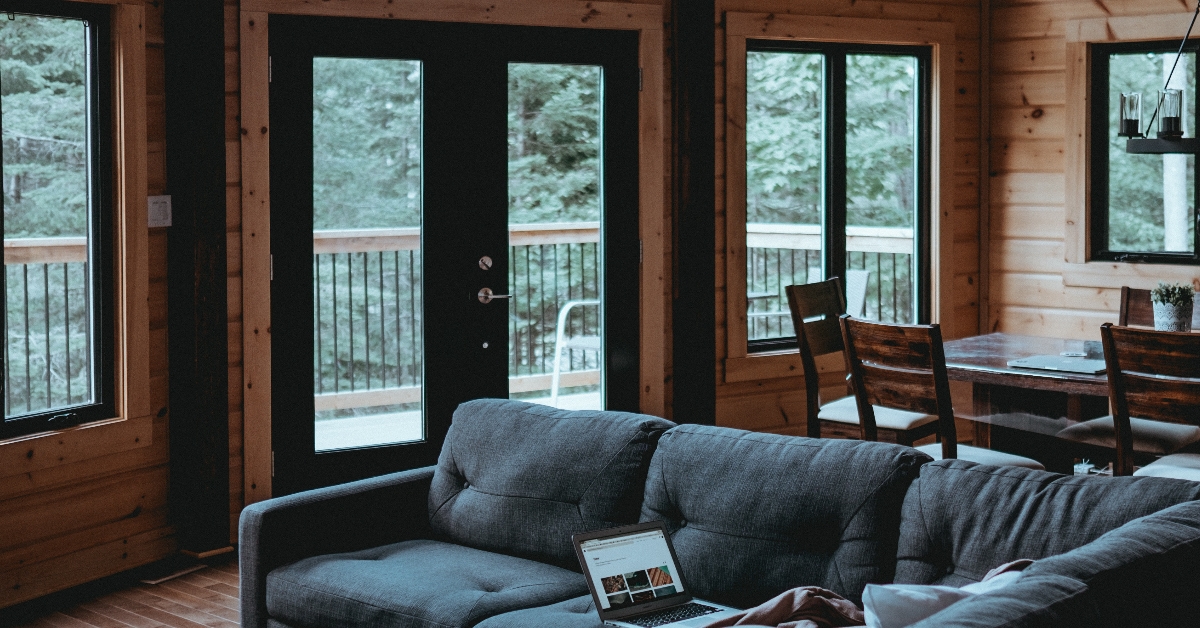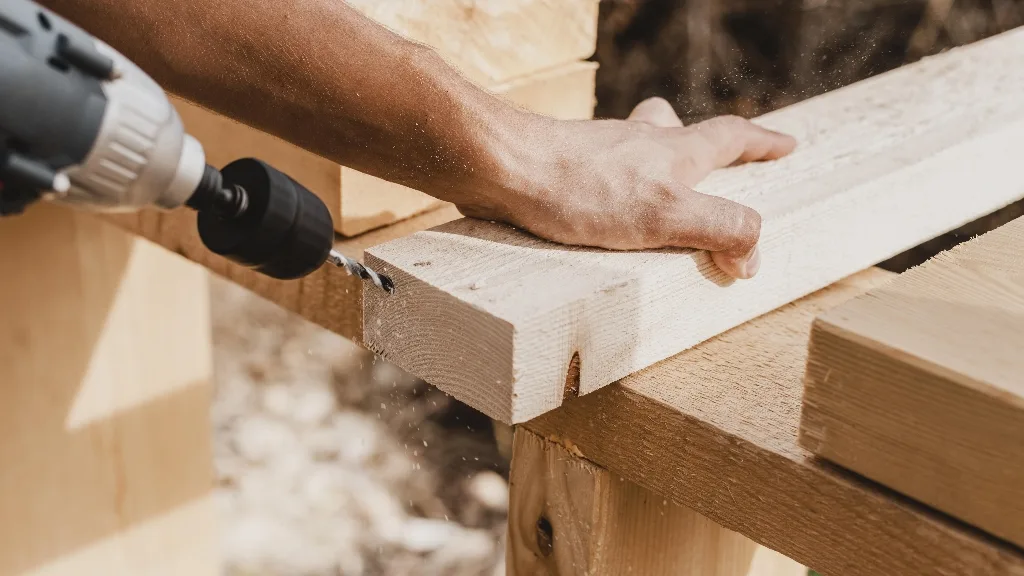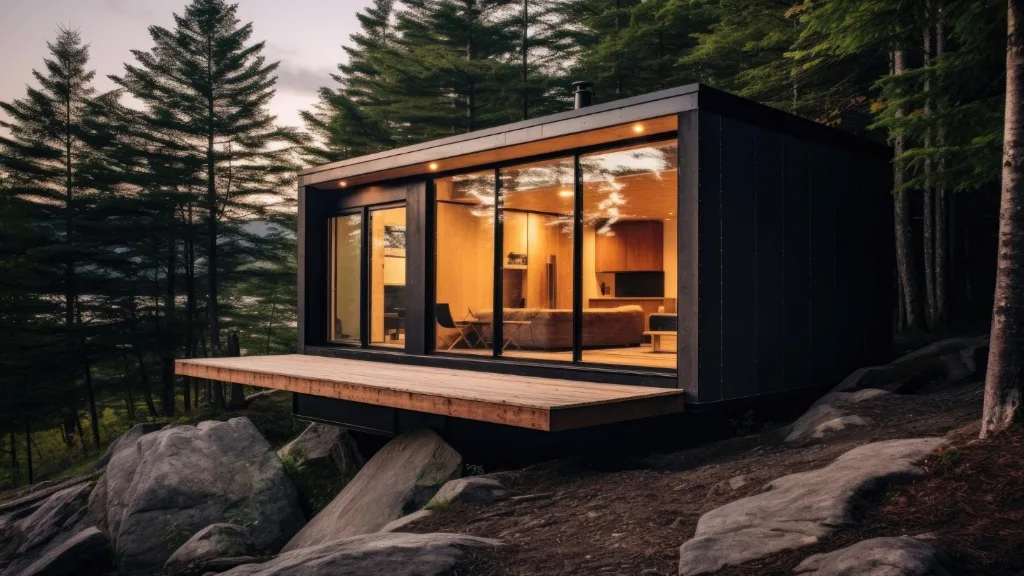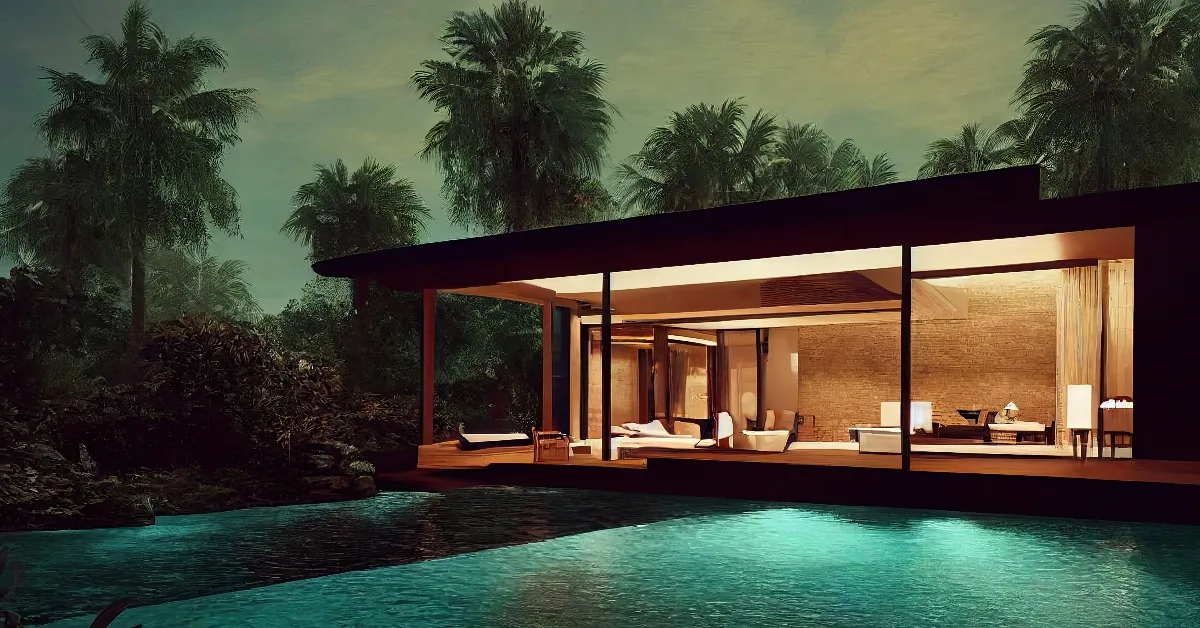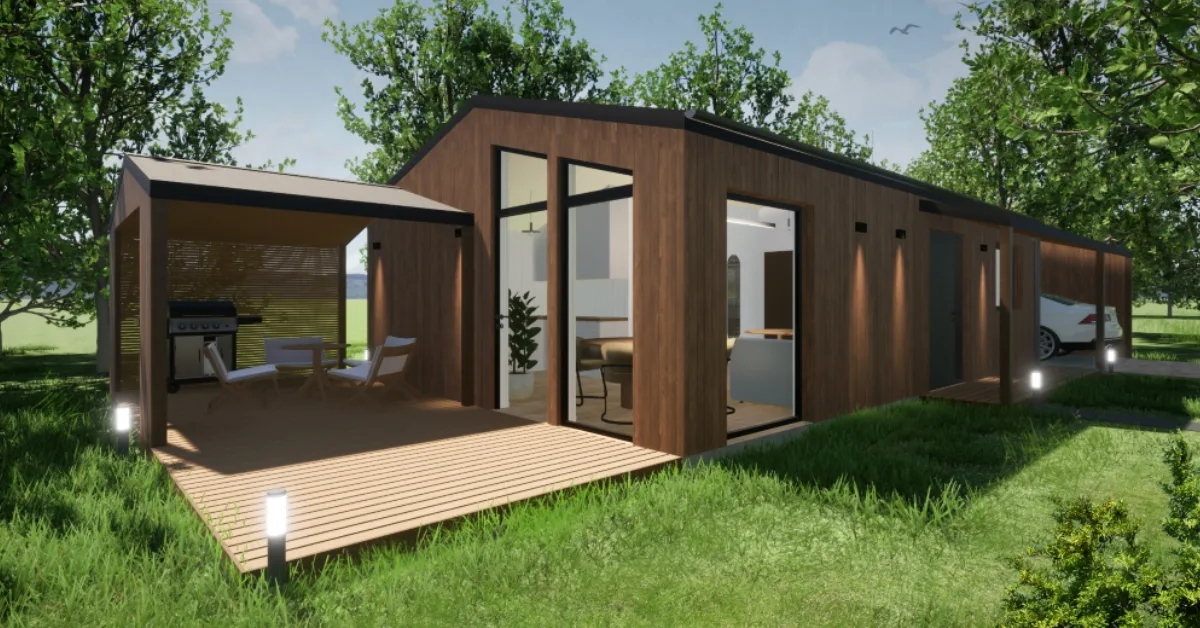Introduction
For centuries, humanity has turned to the embrace of timbered walls to shield from the biting cold of winter nights and the relentless heat of summer days. Wood, with its organic composition, has always stood as a natural guardian against the elements. Its rich history as a primary building material isn’t just rooted in abundance or workability but significantly in its inherent thermal properties. As the architectural world is progressively leaning towards sustainable and energy-efficient choices, wooden houses are experiencing a renaissance, bringing forth the warmth and comfort of ages past into the modern era.
The Natural Insulation Properties of Wood
Nature, in its wisdom, endowed wood with a labyrinthine cellular structure. These minute, air-filled cells grant wood its insulation prowess. But how does this translate to warmth? When we delve into the science, it becomes clear: these cells, acting as barriers, slow down the transfer of heat. In winter, the warmth within a house stays preserved; in summer, the harsh external heat finds it hard to penetrate. Wood’s hygroscopic nature, its ability to absorb and release moisture, ensures a balanced internal atmosphere, further enhancing its insulation capacity by mitigating the risk of dampness and condensation.
Modern Enhancements to Wooden Construction
Wood’s timeless appeal and insulation capabilities have been reimagined and redefined by modern engineering. Today’s wooden houses are not just about logs and planks; they are symphonies of technology and tradition. Advanced treatments make timber more resistant to external elements, while design innovations cater to optimized energy efficiency. Amidst these advancements, products like Woodsons WXP Panels embody this synthesis. Without overtly commercializing them, it’s noteworthy to mention their role in championing the cause of modern wooden constructions that cherish the past but are firmly rooted in the future.
Case Studies: Thermal Efficiency in Practice
The theory is enlightening, but real-world instances bring the true essence of thermal efficiency to life. Consider the serene landscapes of Finland, where wooden houses are not just aesthetic choices but lifelines against the brutal cold. Such homes, aided by modern enhancements, regularly exhibit reduced energy consumption. Residents frequently highlight not just the tangible reduction in energy bills but an intangible sense of warmth, comfort, and connection to nature. A blend of design, material, and perhaps even a touch of nostalgia plays a role in creating this unique living experience.
Comparing Thermal Efficiency: Wood vs Other Materials
Wood’s natural insulation qualities have often set it apart in the world of construction. When juxtaposed with other materials, the results are striking. Take concrete, for instance, which is renowned for its strength but conducts heat much more readily than wood. This means that while concrete homes might feel cool in summer, they can turn unbearably cold during winters without adequate insulation. On the other hand, steel, commonly used in skyscrapers and certain residential frameworks, can become a virtual oven in summer heat.
Wood, however, strikes a balance. Its inherent insulation keeps interiors temperate, mitigating the need for excessive artificial heating or cooling. This doesn’t just translate to comfort but also significant energy savings. In an era where energy conservation is paramount, wooden constructions, especially when combined with modern enhancements like Woodsons WXP Panels, offer a harmonious blend of tradition and efficiency.
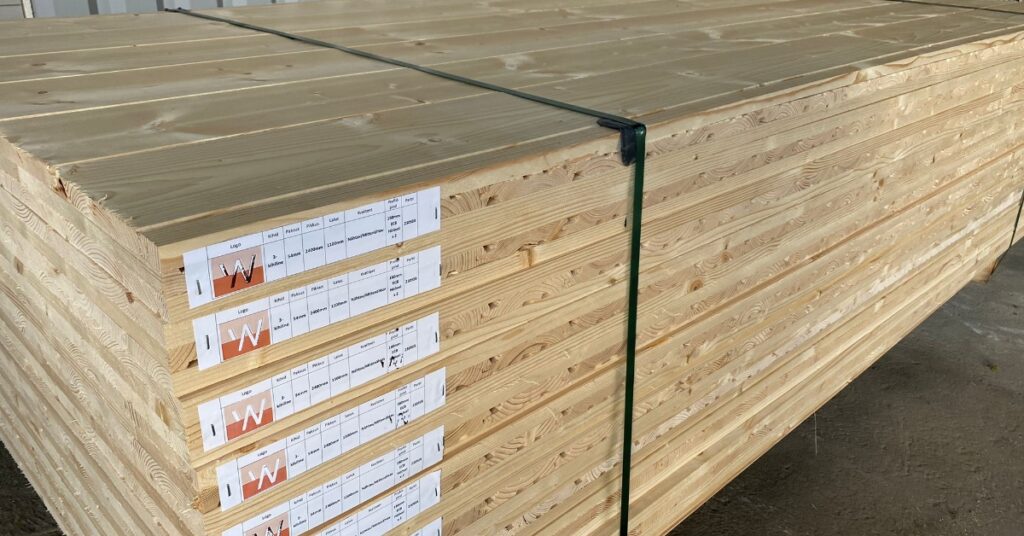
The Environmental Impact of Energy-Efficient Wooden Houses
Building materials aren’t just about immediate comfort or durability; they also play a pivotal role in the broader ecological narrative. Energy-efficient wooden homes present a compelling case in this context. Firstly, wood is renewable. Every tree harvested can be replaced, ensuring a cycle of sustainability. Moreover, trees absorb carbon dioxide during their growth, locking it away even when converted to timber.
By choosing energy-efficient wooden homes, homeowners aren’t just cutting down on heating bills; they’re also reducing their carbon footprint. The reduced reliance on HVAC systems diminishes energy consumption and, by extension, the greenhouse gases associated with energy production. In a world grappling with climate change, the decision to opt for wood can be as much an environmental statement as an architectural one.
Future Trends: Thermal Efficiency in Wooden House Construction
The trajectory of wooden house construction is undeniably upward, both in popularity and innovation. As the world leans more towards sustainable solutions, the thermal efficiency of wooden houses is set to further intertwine with technological advancements. We’re likely to witness enhancements in wood treatment processes, increasing its resistance to external elements and enhancing its insulating properties. Furthermore, hybrid constructions, merging wood with materials like aerogel insulations or phase-changing materials, might redefine thermal efficiency standards.
In this evolving landscape, Woodsons envisions playing a pivotal role, aligning its products and philosophies with these global sustainability goals, contributing not just to individual homes but to a collective, eco-conscious future.
Conclusion
The marriage between wood and warmth is age-old, tested by time and now, refined by technology. As we stand at the cusp of architectural revolutions, the thermal advantages of wooden houses, coupled with their potential for enhanced energy efficiency in modern construction, beckon homeowners towards a future that is as comforting as it is conscientious. For those intrigued by this union of nature and engineering, our pillar page, “A New Era: How Our WXP Panels are Redefining Wooden Houses at Woodsons“, offers a deeper dive into the world of sustainable, efficient wooden housing.

